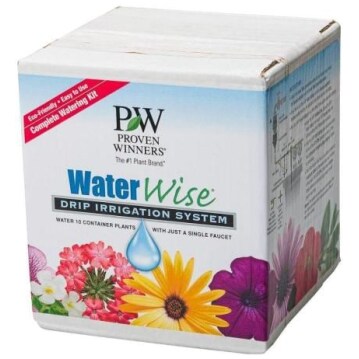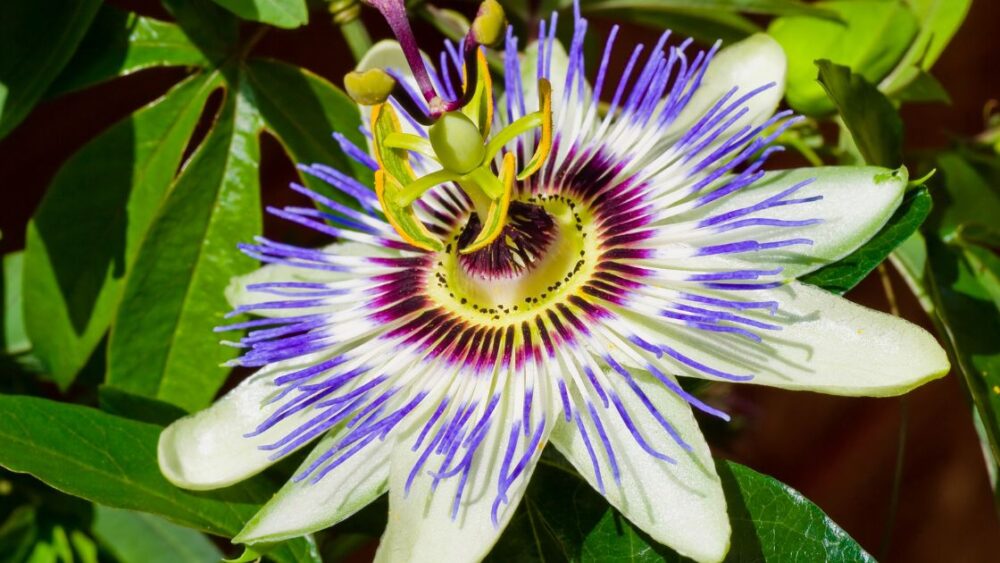
Growing a Swedish Ivy plant should not be a problem, even for a beginner gardener. The plant is easy to cultivate, provided you place it indoors. The plant needs sunlight all year round (indirect sunlight) and a low amount of water with an excellent draining system. The plant is beautiful and full green with attractive features, making all gardeners fall in love. As mentioned earlier, there is not much deal with Swedish Ivy; you simply have to cultivate and monitor the plant very well. You do not need to sit and watch the plant all day. Simply note if the location is sunny enough (the plant thrives better in indirect sunlight).
Swedish Ivy Basics

Swedish Ivy is better indoors and somewhat difficult to plant outdoors. Outdoor plants receive direct sunlight, which affects the growth and development of Swedish Ivy. The direct sun causes the plant to burn and dry off. It will help if you prevent this in all cases. If placed indoors likewise, the plant should be in a well-shaded corner. When touched, they release a pungent smell. Swedish Ivy leaves do not overgrow. Although the plant is evergreen, it may show some purple leaves, or green foliage with white margins, as it matures.
The plant made it to the White House and has been a generational heritage for the presidents of the United States. In fact, Swedish Ivy remains a lovely plant gifted to John F. Kennedy in 1961 by the Irish ambassador. The plant has been in the White House since 1961; although you may not have the official plant, you can cultivate yours in the corner of your house. After all, the plant is easy to grow – there is little contribution from your end as the gardener.
Browse our Affiliate Products
You can move the plant outside during the summer for sunlight and perfect growth. However, you should regulate this plant excellently so that direct sunlight does not affect it. Obviously, you are not meant to leave the plant in direct sunlight when you move it outside. If moved outside, the Swedish ivy produces eight-inch spikes of delicate, pale purple flowers in the fall and grows two to three feet tall (even more expansive). Again, regulate the time the plant uses outside. Swedish Ivy does not like direct sunlight; if you move it out in the summer, ensure you monitor, when it stays outside and take the plant indoors when necessary. The purpose of moving the plant outdoor is because of the growth. So, if you do not mind the “two to three feet tall or eight-inch spikes,” you may not bother to take the plant outside.
If your interested in another type of ivy plant, check out this article: Coleus Plant not Growing and Flowering (Care Guide)
Swedish Ivy Common Problems
Root rot
Root rot is a common problem in every plant that requires low water. Water increases the action of fungi if over logged. And this is why plants need a good drainage system. Overwatering is most frequent in some garners, and it is the leading cause of root decay; plant overcrowding may worsen the problem.
Swedish ivy might seem withered, or the lower leaves might become yellow or tumble off, and the plant doesn’t liven up after you water it. It is hard to stop when the decay has begun, so your best protection is to prevent root rot.
Swedish Ivy May Overheat
Overheating may cause a lot of damage to the plant. Mulching and other sunlight prevention methods are advisable during high sun and temperature.
Make sure you reduce sun exposure and prevent direct sunlight. Cover the plants with a shade during high sun. Make sure the temperature is around 70 to 75 degrees (F) if possible, significantly when they are growing. Cooler temperatures of 60 to 65 degrees are best at other times of the year. You should prevent the plant from getting below 50 degrees; otherwise, the leaves may turn black.
Attract Spider Mites
Sometimes, these plants may attract spider mites, particularly in dry indoor rooms. Spider mites make the best and thriving moments in wet areas to ensure the soil is moist and not wet. Otherwise, try other means of discouraging spider mites around the plant, and miticides only as a last resort because some insecticides are not effective on spider mites. The tell-tale webbing signifies that spider mites are around your plant – check in-between stems and leaves and under leaves for tell-tale webbing. You may need a magnifying glass to see them.
For more information on pots, check out this article: What is the perfect pot for my plants?
Swedish Ivy General Information and Care

Common Names: Swedish Ivy
Scientific name: Plectranthrus spp.
Growth Cycle: (Evergreen Perennial)
Sun: Shaded sun/indirect light
Watering: Let the soil dry before watering
Adult Size: Two to three feet tall and wide
Planting zones: U.S. Department of Agriculture plant hardiness zones 10 through 11
Weather hardiness: Average temperatures and moderate light year-round
Propagation: Stem tip cuttings
Toxicity: Non-toxic
Dormancy: Winter
Soil: Light and loamy potting mix with some perlite mixed in to help with drainage
Bloom: Blooms off and on throughout the year
Fertilization: Once a month
Where Does Swedish Ivy Grow Best
Swedish Ivy grows best indoor.
Sunlight exposure and water requirement necessarily show how your Swedish Ivy performs best. The indoor position should be a shaded place for sunlight. Avoid direct sunlight, and improve drainage systems. You may as well place your Swedish Ivy in an outdoor space, especially in the summer. When you do so, ensure you regulate the light exposure.
Conclusion
Swedish Ivy is easy to grow and care for. You don’t need much sunlight for the plant, and you may place it outdoors; just that it only needs proper light monitoring. Watering is essential in growing a Swedish Ivy; ensure you wet only when the soil dries – it should remain moist and not wet. If you want to apply fertilizer, the formula 20-20-20 is the best for Swedish Ivy.












